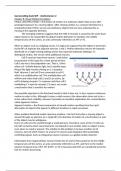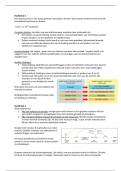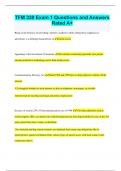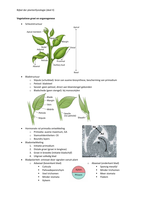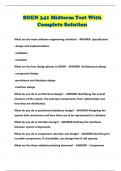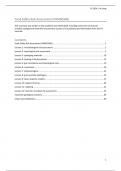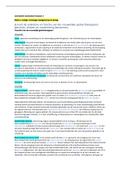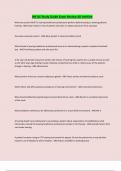Samenvatting
Sensation and Perception book summary exam 2
- Instelling
- Universiteit Utrecht (UU)
Here is my summary of the book of Sensation & Perception in which I have summarized the chapters that belong to the material during the second partial exam.
[Meer zien]
